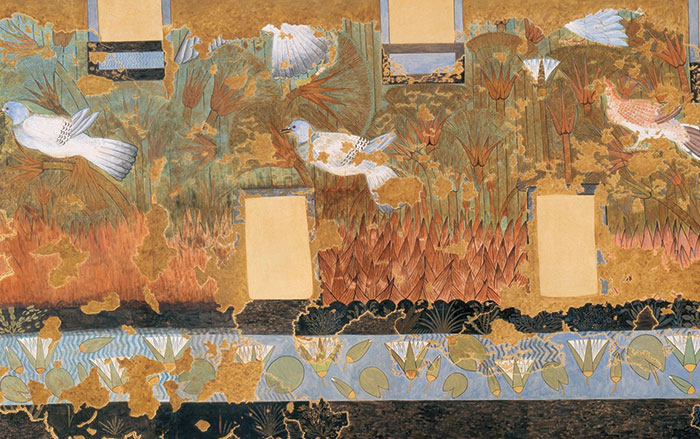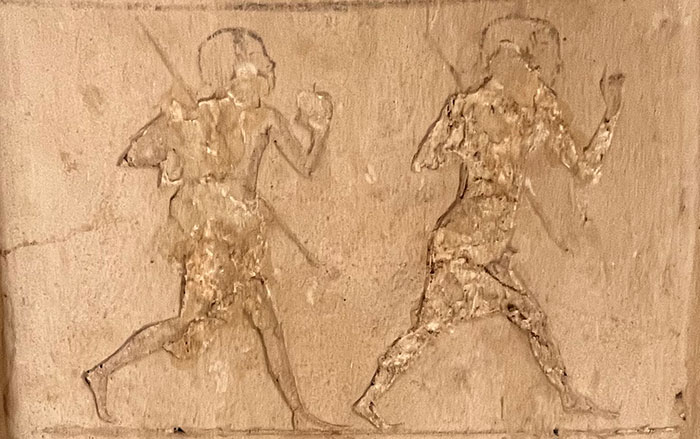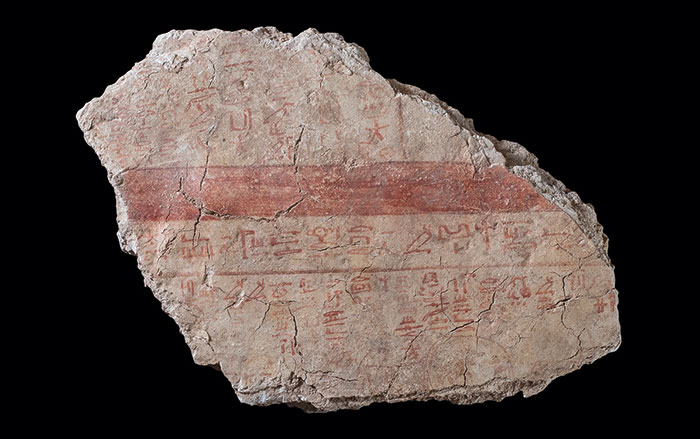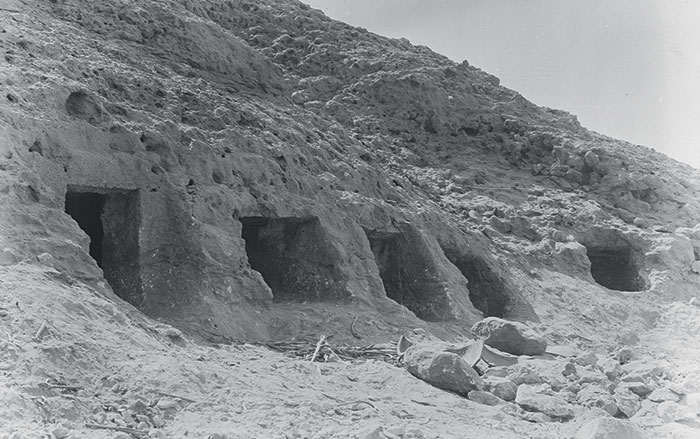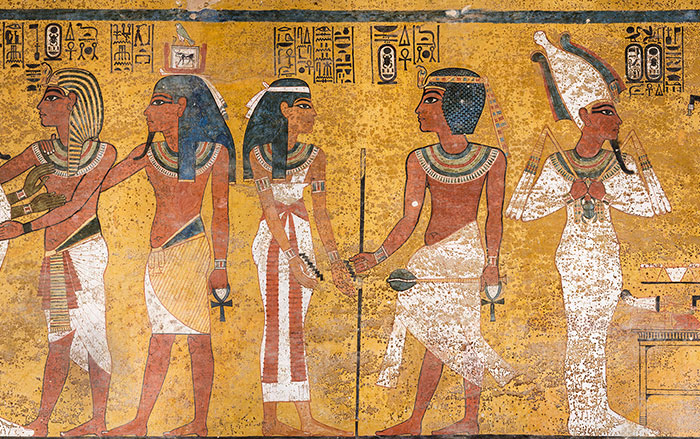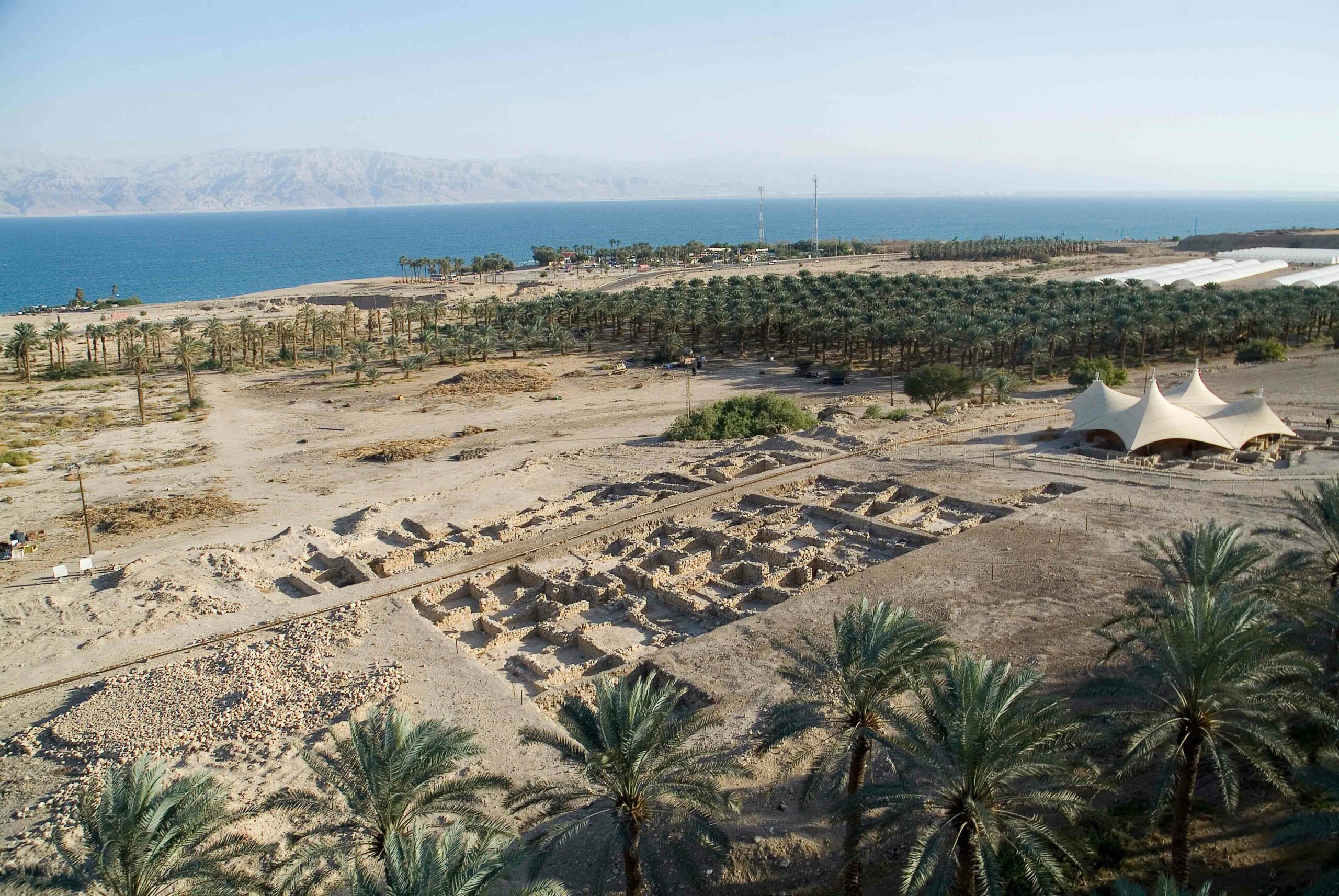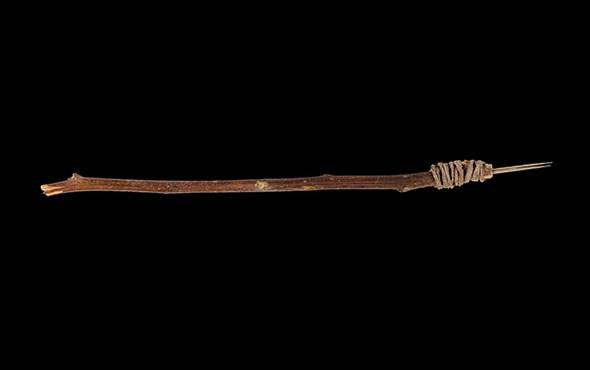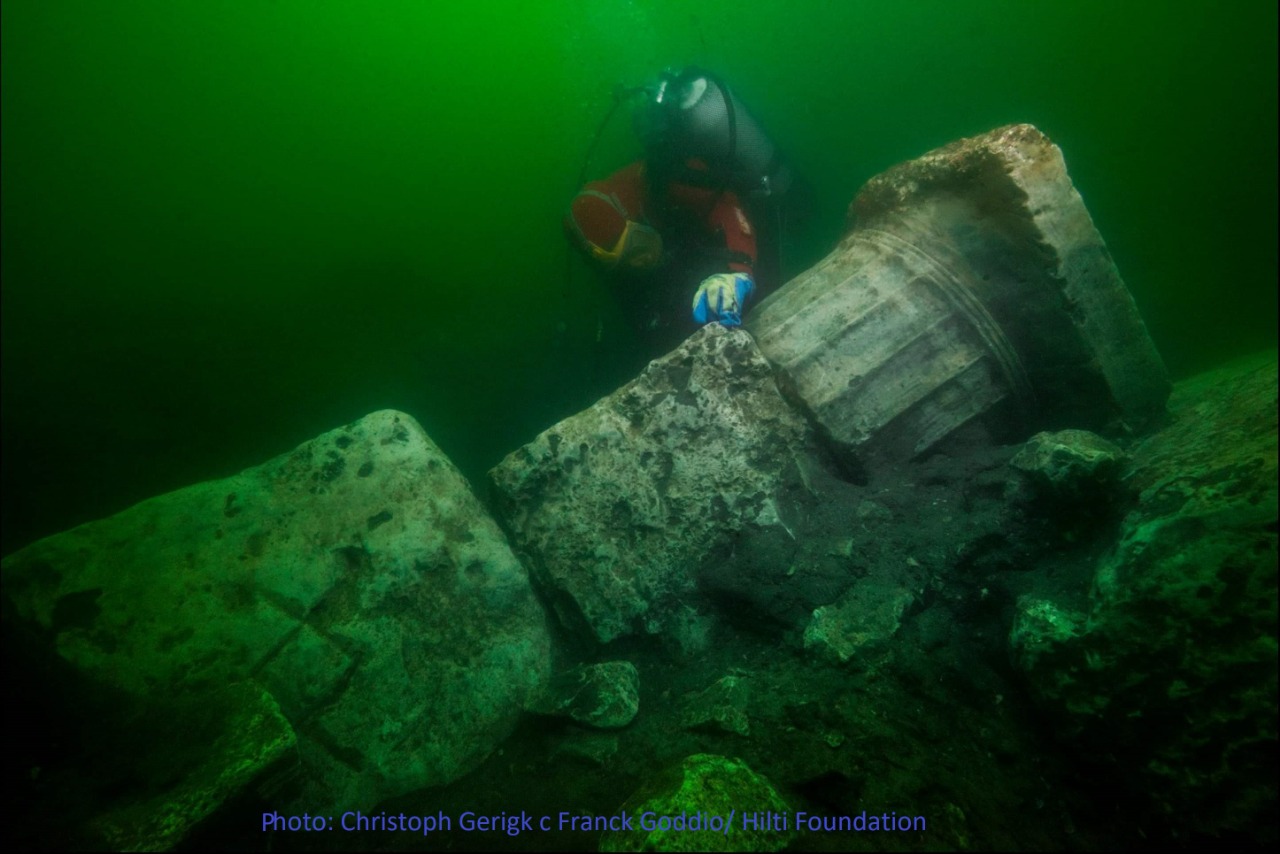
CAIRO, EGYPT—Live Science reports that divers led by underwater archaeologist Franck Goddio are investigating the underwater ruins of the city of Heracleion with the help of SSPI, a scanning device capable of detecting and transmitting images of objects buried in the seabed. Built around the eighth century B.C. at the mouth of the Nile River, and inundated some 1,500 years ago, the city was named for the divine Greek hero Heracles, but is also known by its Egyptian name, Thonis. Recent excavations recovered pottery dating to the third and fourth centuries B.C., gold jewelry, bronze coins dating to the rule of King Ptolemy II (r. 285–246 B.C.), and a missing part of a ceremonial boat discovered on an earlier expedition to the site. The boat measured about 43 feet long and 16 feet wide, and carried jewelry and bronze and gold coins. Divers also uncovered the remains of a small Greek temple that had been covered by three feet of sediment, and the stone columns to a large temple. For more on recent discoveries in Egypt, go to "Egypt's Eternal City."


